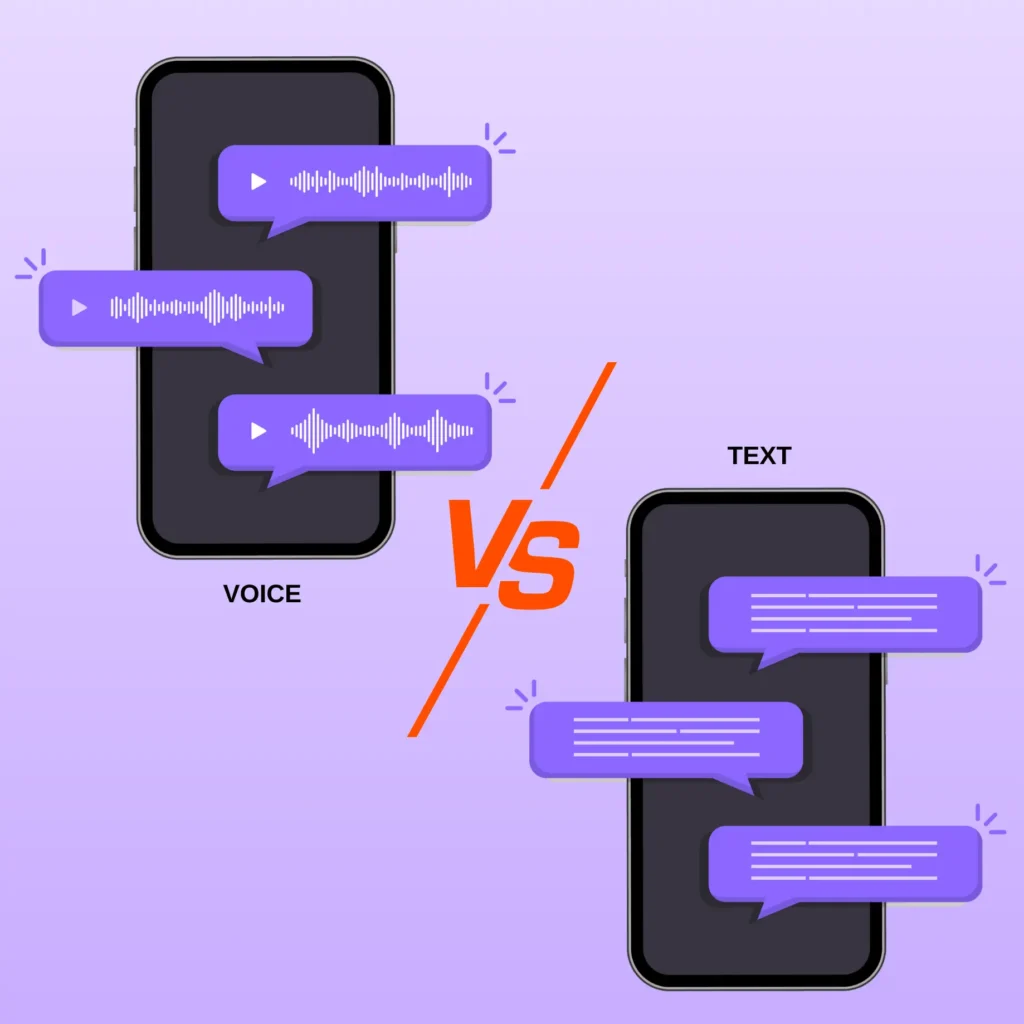As we enter the hyper-digital age, the adoption of AI can be seen sweeping many sectors today. AI-powered strategies can be seen in the working methodologies disrupting various departments of the fashion industry like design, management and production, sales and marketing, and delivery that fall in line to unveil the market trends that optimize the entire domain. AI is developing towards integrating customer requirements, resources needed for the success of a business, and the scope of technology to bring in an effective shift on the retailer’s shelves as well as in consumers’ pockets. Let’s take a look into some of the business departments of the fashion industry that AI is impacting to meet the shifting consumer demands of today.
Trend Analysis
The ability of AI to provide solutions and suggestions based on the analysis of past and present data is something that people wholeheartedly admire. This strategic behavior will help brands personalize products according to consumer demands, stay in tune with the market fluctuations, come up with new features and facilities and eliminate the production of products with similar characteristics maintaining the originality of the design for the customers to experience uniqueness with every retail experience they have.
“If companies keep consumer first and business along with it, AI can be a very instrumental tool. We are in a quick consume, fast fashion mode. It is interesting to understand how we can evolve from where we traditionally began. The penetration has been good, more on the frontend, less on the backend. Visual tools that AI can produce today would prove to be useful.”
-Pooja Saraf (Ex Category head- Fashion, Chumbak Design Pvt Ltd )
Designing
The fashion designing process is long and complex. Keeping up with the new trends in the market and the seasonal preferences of users can become harder as the generation of data increases. User experience is driving everything today. So how beneficial is AI when it comes to the process of designing in the fashion industry? Technologies like AI help dive into the diverse pool of available choices with prior knowledge that helps tailor products according to user preferences.
AI can produce and analyze data from various sources to combine and gather insights from it. Identifying trends and gathering information that speaks about the characteristics like colours, patterns, material, and textures in detail improve the design process by ushering in ‘satisfied inspiration’ to the designers as well as their designs. AI in fashion can also lead the way for the successful implementation of platforms that propose infinite outfit options to caress the creative flair of designers. Machine learning has a significant role in this. AI can be used to deploy 3D avatars; to envision certain products or designs together while crafting to build items after a thorough examination of features. This allows designers to build a design that is exactly like the picture they have in mind.

“Designers struggle with looking at what sells constantly. Understanding the user preferences and then filtering products according to the needs of the consumer is a task. There is a huge amount of data available today, so analyzing the right information can be a time-consuming process. AI can be a good starting point from the consumer directly to the designer that can bridge the gap between what the consumer wants and the brand has to provide.”
– Ramya Raghavan (Senior Manager at Indian Terrain Fashions)
Logistics network
When it comes to the entire logistics network, there are different processes that see AI leaving an imprint on. The production phase can see the use of AI in terms of defect detection and eradication, quality control, and colour compatibility. With the help of AI, matching the pattern and the colour of the manufactured product with the design becomes easy and accurate. Detection of faulty pieces with the help of AI as compared to manpower can lead to the better use of resources and save wastage.
A concept called ‘smart clothes’ that displays tech embedded into various products to provide a healthcare-related or a task-specific facility to the user can be seen today. It makes use of IoT to provide real-time data to users. Accessories like smartwatches have become common but did you know that there are products like smart socks that can transmit the information on the accuracy of how a person is running to an application or a smart jacket that can charge your phone or smart earrings that serve as the fashionable substitute for ear pods? Some of the popular brands experimenting in this niche are Samsung, Tommy Hilfiger, etc.

“Today everybody is interested in the final product. Challenges in the supply chain are evolving. AI in manufacturing can be used to produce the best product from the available resources. AI can play a huge role in solving major challenges in manufacturing.”
– Manish Bajpai (Vice President Marketing, Shahi Exports Pvt Ltd)
The use of technologies like machine learning, robotics, and computer vision can be seen in Smart warehouses to help manage facilities like replenishment of stock, shelf positioning, product tracking, and moving items from one place to another through machines. This leads to efficiency in the existing processes and faster delivery. The delivery of items is also seeing AI through the use of barcodes, drones, etc that various companies today are experimenting with.
Merchandising
This department sees a lot of use of AI. For a brand, to be able to display the catalogue of products to a larger population in less amount of time and without much hassles is a dream. 3D fashion avatars that help showcase these products in a compelling way through virtual runways are a delight for the customers and are also contributing to the growth of ‘digital fashion’ that displays products made from pixels instead of fabrics or any other tangible items.
The use of visualizers and product configurators on various digital platforms where brands have a presence nowadays bridge the gap between the accuracy of the brick and mortar store and the comfort of an e-commerce site to bring the in-store selling and shopping experience at fingertips. With digital assistants in form of virtual avatars and chatbots being deployed on these platforms, brands get to invest in cost-effective strategies along with an assurance of having enriched the customer experience.
“Tech is everywhere. The aim of technology should be to deploy a simple finished product to use it at ease. When it comes to shopping today, customers are shopping in bulk, so there needs to be a solution to ensure that buying is perfect so that they can traverse through the immense amount of data that is on the platform, that is where the real win will be of any product that is coming forth.”
– Jagdeep Shokeen (GM Design, Reliance Retail)
The use of AR and VR helps provide intelligent solutions to the domain of fashion eliminating the factor of uncertainty on e-commerce sites. The in-store selling and buying also see a lot of use of AI. Facilities like smart mirrors and kiosks help brands connect with the customers individually and provide a personalized environment for buyers to ensure seamless product discovery. One fascinating facility that has crept into the digital presence of brands is that of visual search. This feature opens doors for new ways of innovation helping customers enjoy the experience of shopping on digital platforms.
Environment friendly fashion
AI can help control the pollution being seen in the industry today. Sometimes the manufacturing of products requires the use of natural resources. But it has been observed that the use of AI can help prevent wastage. Inventory optimization that consists of reduction in the defective pieces, inaccurate and hence unused items and allowing the products to be recycled can lead to a healthier use of the environment giving rise to sustainable fashion.
Clientele relationship
The marketing department sees the use of AI today as well. Personalized advertisements and offers designed to match the individualistic tastes of people is ensuring the right content reaches the right audience. AI helps use the data to come up with promotional campaigns, relevant offers, and stock that hits the bullseye when it comes to consumer demands leading to enhanced conversion rates for brands. AI-based strategies like virtual avatars with personalities as brand ambassadors or virtual influencers are being deployed to captivate users in the web of brand legacy with an assured touch of empathy and entertainment painted across every touchpoint that the customer has with a business.
In the coming decades, with the consumer leading the way, AI will revamp the fashion industry by exhibiting skills in various departments.
Visit DaveAI Blog Page and subscribe to the newsletter for regular updates.



